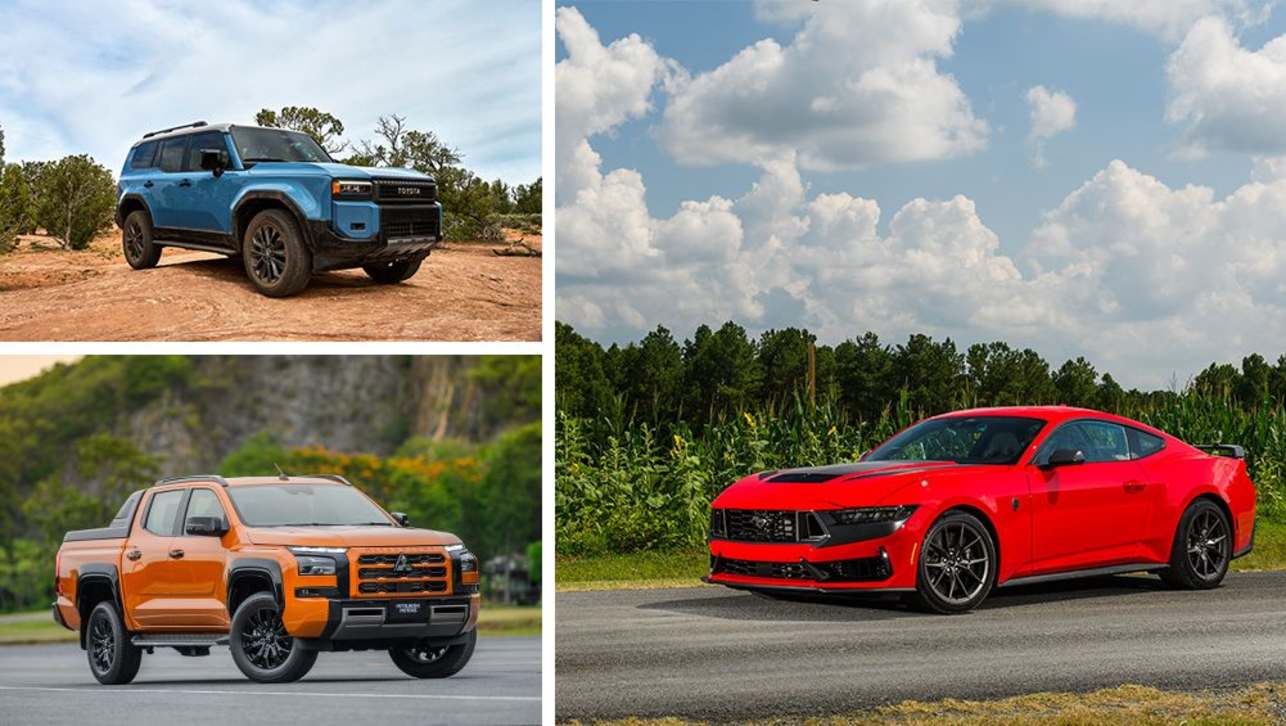New company announced today is world’s third biggest automaker.
The Nissan Renault Alliance has swallowed up a majority stake of struggling Japanese company Mitsubishi Motor Company (MMC), in the process becoming the world’s third biggest car maker behind Toyota and Volkswagen, with 10 million cars expected to be sold in 2016.
The man known in the automotive industry as ‘Le Cost Killer’, the 62-year-old Carlos Ghosn, will head the alliance, including taking on the role of chairman elect of the MMC board in addition to his duties as the chairman and CEO of Nissan.
The deal, announced in May this year and finalised today, sees the Nissan Renault Alliance acquire a 34 per cent majority stake in the company, as well as installing key Nissan management figures in the MMC business.
"The combination of Nissan, Mitsubishi Motors and Renault will create a new force in global car-making," said Ghosn.
New Mitsubishi SUVs will likely share underpinnings with cars like the Renault Koleos and Nissan Qashqai.
"It will be one of the world's three largest automotive groups, with the economies of scale, breakthrough technologies and manufacturing capabilities to produce vehicles to serve customer demand in every market segment and in every geographic market around the world."
Ghosn oversaw the revival of the ailing Nissan brand after the alliance was formed in 1999 by smashing decades-old keiretsu deals (favourable corporate partner structures that are common amongst large Japanese businesses), closing factories and consolidating supply chains and car platforms.
He has already indicated that he expects to realise A$300 million in savings across the three companies by the middle of 2017, and more than A$750 million in fiscal year 2018.
These savings will partly come at the expense of new vehicle development within MMC. For example, the next Triton pick-up will most likely be built atop the Nissan Navara/Renault Alaskan/Mercedes-Benz GLT platform, while new Mitsubishi SUVs will likely share underpinnings with cars like the Renault Koleos and Nissan Qashqai.
MMC struck trouble in 2015 after it revealed it had been fudging its claimed fuel economy figures on Japanese-market cars for the better part of three years.
Nissan and MMC have a history of sharing technology across the Japanese-market kei car spectrum. Interestingly, it was during a fuel economy figures test that was requested by Nissan that the error in reporting the fuel economy figure of the car models in questionto the Japanese government came to light.
None of the cars involved in the scandal were sold in Australia.
Locally, Mitsubishi leans heavily on a broad SUV range, with the ASX, Triton and the Pajero Sport the brightest lights in the sales race. It recently sold its last Evo X, though, while its Pajero and Lancer models are among the oldest cars on sale today.





.jpg)
.jpg)



.jpg)
.jpg)

.jpg)


.jpg)


.jpg)

.jpg)
.jpg)
.jpg)






Comments